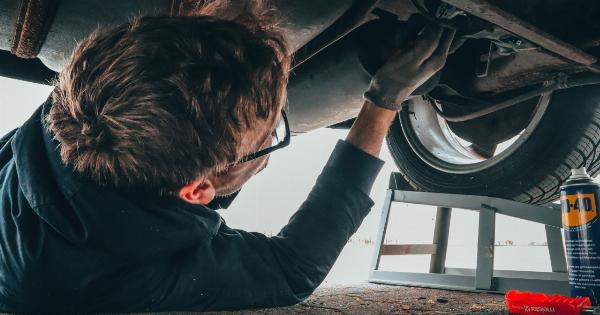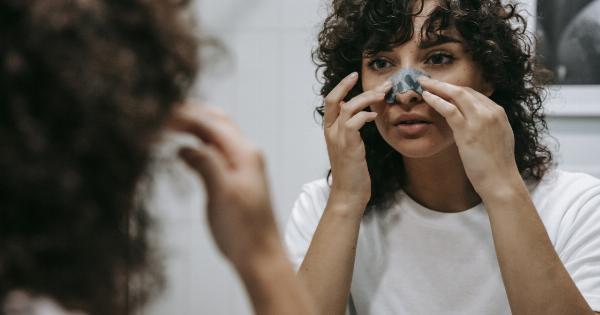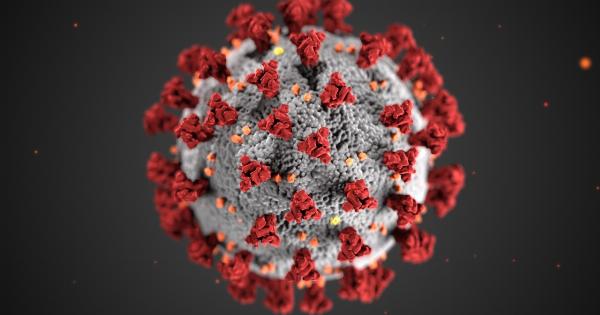A nose job, also known as rhinoplasty, is a cosmetic surgical procedure that is performed to enhance the appearance or breathing function of the nose.
While most nose jobs are successful, some patients can end up with a deformed nose that requires revision rhinoplasty.
Revision rhinoplasty is a complex procedure that is often more challenging than the original surgery.
Surgeons must carefully analyze the patient’s unique anatomy and determine the best course of action to correct the deformity while preserving or restoring nasal function.
Causes of a Deformed Nose Job
There are several reasons why a nose job can result in a deformed nose:.
1. Poor Nasal Anatomy Assessment
A critical factor in the success of a nose job is the surgeon’s ability to accurately assess the patient’s nasal anatomy.
If the surgeon fails to identify the underlying structural issues and attempts to perform a cosmetic-only procedure, this can result in a deformed nose.
2. Inadequate Surgical Technique
The surgeon’s technique is also crucial in obtaining the desired outcome. If the surgeon uses a technique that is not suited to the patient’s unique nasal anatomy, this can lead to a deformed nose.
Additionally, if the surgeon applies too much or too little force during the procedure, or makes a mistake during the incision, this can result in damage to the nasal structures.
3. Poor Healing
Healing plays a major role in the success of a nose job. If the patient experiences complications during the healing process, such as infection, excessive swelling, or poor blood flow, this can interfere with proper healing and lead to a deformed nose.
Additionally, if the patient engages in activities that put excessive pressure on the nose during the healing process, this can also affect the outcome.
4. Trauma
Sometimes, a deformed nose can result from trauma following the initial surgery.
For example, if the patient takes a hard blow to the nose, falls or bumps the nose, or engages in other activities that put excessive strain on the nasal structures, this can lead to a deformed nose.
Revision Rhinoplasty
Revision rhinoplasty is a surgical procedure that is performed to correct a deformed nose job.
This procedure is often more complex than the initial nose job, as the surgeon must work with scar tissue and make precise changes to restore shape, form, and function.
Before the revision rhinoplasty, the surgeon will conduct a thorough medical examination and discuss the patient’s goals, as well as review the results of the initial nose job.
Additionally, the surgeon will take photographs and make detailed measurements to guide the procedure.
During the surgery, the surgeon will make incisions to access the nasal structures and carefully remove or reposition the scar tissue. Additionally, the surgeon will reshape the nasal structures to restore a natural and harmonious appearance.
In some cases, the surgeon may use cartilage grafts or tissue from other parts of the body to support or augment the nasal structures.
Recovering from Revision Rhinoplasty
Recovery from revision rhinoplasty is similar to that of the initial nose job, although it can take longer and be more challenging due to the presence of scar tissue.
Patients can typically expect to wear a splint or dressing for several days following the procedure, and may experience swelling, bruising, and discomfort for several weeks. It is important for patients to follow all post-operative instructions provided by the surgeon, including avoiding certain activities and medications that can interfere with healing.
Conclusion
In conclusion, a deformed nose job can result from a variety of factors, including poor surgical technique, inadequate nasal anatomy assessment, poor healing, and trauma.
If you have had an unsatisfactory initial nose job, revision rhinoplasty may be able to help you achieve the desired results. However, it is important to choose a highly skilled and experienced surgeon who specializes in revision rhinoplasty to maximize your chances for success.
If you are considering revision rhinoplasty, schedule a consultation with a qualified surgeon to discuss your goals and learn more about the procedure.






























